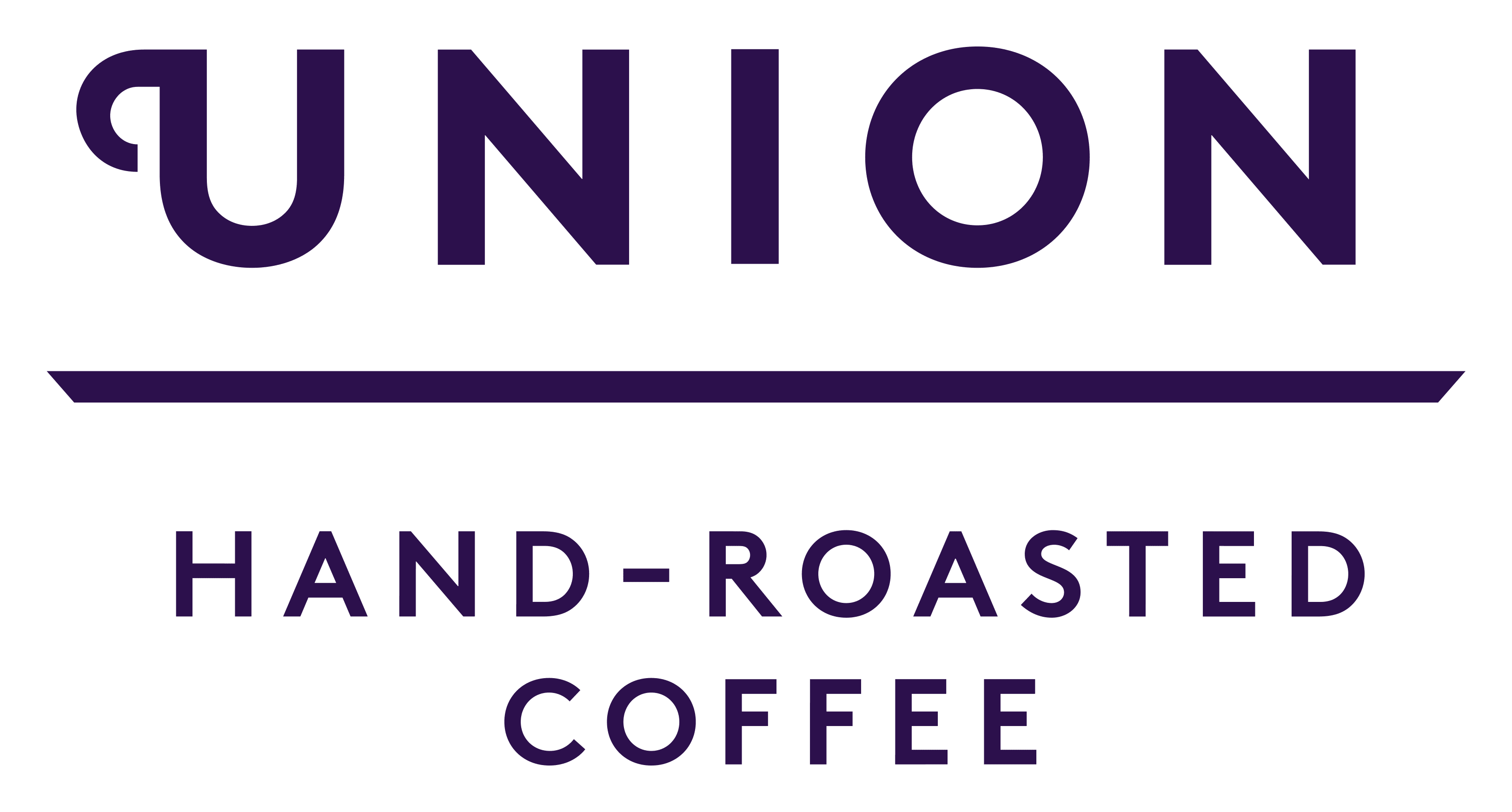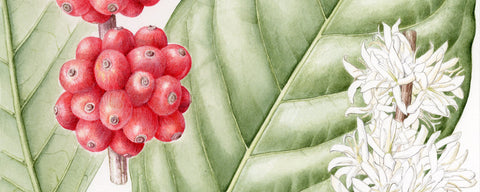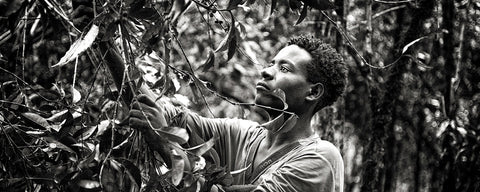
The leaves are falling off the trees, the skies are getting darker. It can only mean one thing - autumn is officially upon us! It's the season for some of our favourite foods: apples, plums, figs, pumpkin, squash and even mussels. But, have you ever wondered about coffee and its' harvest?
Over 70 countries around the world produce coffee, but the arabica variety, the finest quality does not grow everywhere - it requires a specific altitude, climate and soil composition.
The coffee bean, which is roasted, is the seed of a fruit. Coffee is an agricultural crop, with a cycle of flowering, fruit development (maturation) and harvest which dictates its availability throughout the year.
High-quality coffee cherries grow at high altitude in tropical regions around the world, also referred to as the coffee belt - the band around the Earth in between the Tropics of Capricorn and Cancer. Think Guatemala, Ethiopia and Brazil to name a few!

Varying climatic conditions in each country and even within countries lead to cherries reaching perfect ripeness at different times of the year. Union sources from 14 countries and we have long-term relations with over 40 partners. This allows us to work with the “most fresh” coffees throughout the year. The coffee fruit as soon as it is picked and processed will start losing quality. For this reason, we choose to reflect the seasonality of coffee in our offerings, certain single origins will not be available all year round. Currently, we have limited edition microlots from Colombia, Costa Rica and El Salvador.
Harvests in some regions last longer than others, depending on location and climate. Our partners in Colombia (Asprotimana) have a harvest period twice a year. Most of our partners harvest only once a year. In Costa Rica, we source from different regions in the country, - our partners in the Chirripó region start harvesting earlier in the year compared to our partners in the Central or West-Valley. The start and end date of the harvest might vary from year to year, weather irregularities play a big role in this (and we can’t manage the weather!) So, the exact harvest period of each country is highly dependable on environmental irregularities, local elevation differences and even within these countries harvest periods vary.
Also, the total volume harvested per partner varies from year to year. Coffee is prone to bi-annual harvest, which means a year of high yield is often followed by a low yield. This can be managed to a certain degree, with management (fertilisation, on-time pruning) but slight variation in volume will always exist.

Union Direct Trade, the way we source also influences where we source from. Union does not purchase more than 50% of a specific producer’s harvest. It creates a healthier business relationship if farmers have other buyers and avoid dependency on Union. As we grow, we always try and grow with our existing partners, but we also look for new partners, so more producers can benefit from Union Direct Trade. We’ve now extended our sourcing to include Burundi, neighbouring Rwanda with a similar flavour profile, as well as El Salvador and Nicaragua.
Blends are crafted is such a way that the represent a unique, balanced and consistent flavour profile throughout the year. We do this by using more than one origin country in your coffee (referred to as components). Some blends are created by combining coffees from three or four countries. The percentages of each of the components will vary slightly across the year due to coffee being a natural crop with seasonal variances and our reliance on harvests – quality and quantity received from each season. Throughout the full year, the specific farms and origins will also change - this is how we achieve freshness and high-quality. This is influenced by seasonality.
If you have a question about seasonality, freshness or blends leave us a message, and we will do our best to answer your question in our next blog.
Written by Pascale Schuit, Sustainable Sourcing Manager
October 2019


